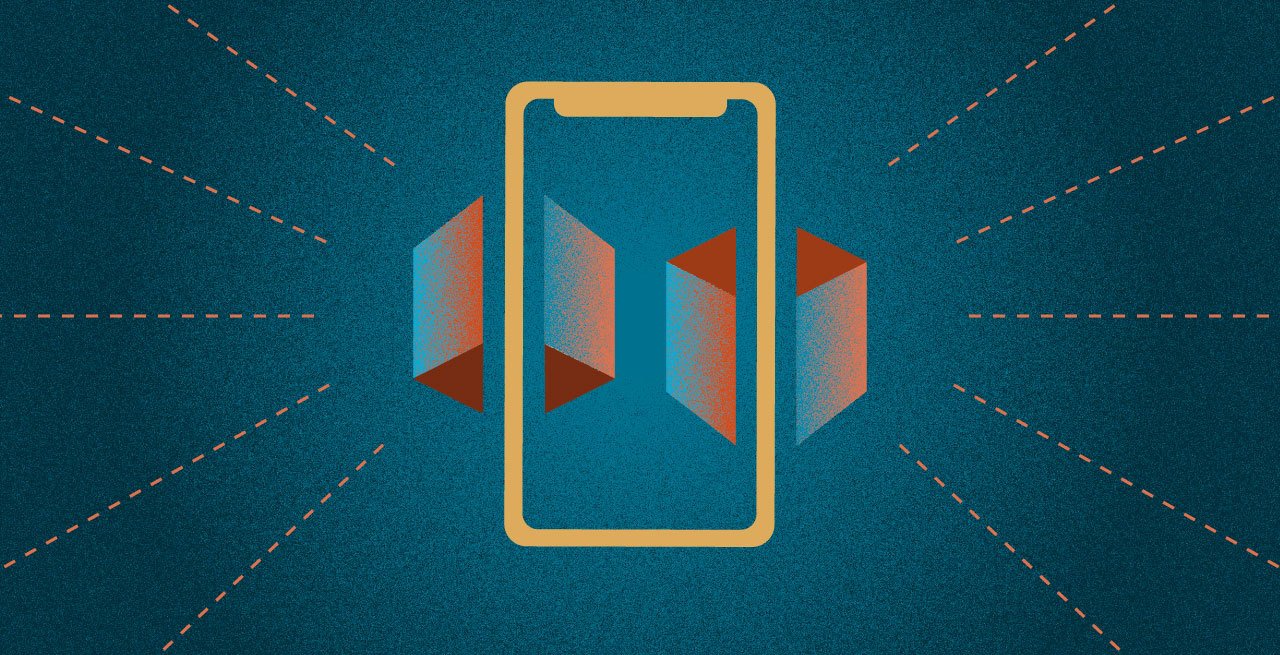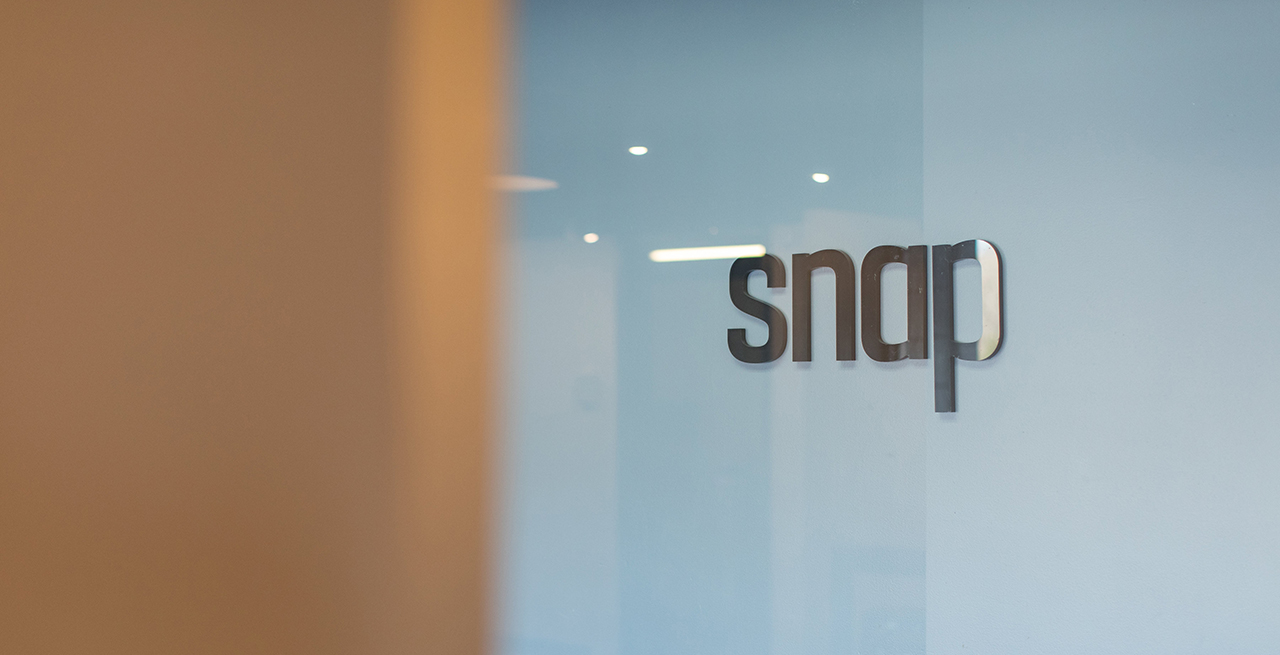Whether we’re discussing mobile SERP advancements, emerging social media platforms, updated Google algorithms, or even cutting-edge PPC trends, new technologies are forcing the digital marketing landscape to evolve. And if your brand can’t keep up with these changes, it risks being left behind.
Ecommerce business dealings generate over 1.2 million dollars every thirty seconds. This massive profit opportunity makes keeping up with new trends, especially in web design, the potential difference between a company’s success and failure. As we round the corner towards 2020, and the start of a new decade, keep an eye on these emerging web design trends.
How Consumer Preferences Shape Web Design Trends

Technology isn’t the only factor prompting change. Evolving consumer demands drive all sorts of trends in the digital marketing world, including web design. Research shows that 55 percent of consumers spend less than 15 seconds on any given website. Meaning, companies and digital marketers have very little time to get—and keep—the attention of their consumer base.
Sites that receive poor engagement are considered less effective, while the website concepts utilized by sites with noteworthy consumer engagement tend to spread, prompting change and creating trends. As customer design preferences and attentions shift, so do the prevailing web design trends.
2020 Web Design Trends
Today, technology-driven consumer preferences, including artificial intelligence, faster mobile connectivity, extended reality, and more, are greatly influencing web design. Here are the top trends we’re watching as we move into the new decade.
Extended Reality

Extended reality (ER), an all-inclusive term that covers several new and emerging technologies, is being used to help create immersive digital experiences for consumers. Including augmented, virtual, and mixed reality, this growing trend offers many exciting opportunities for brands in nearly all industries. Currently utilized for things like virtual try-ons (of clothes, glasses, etc.), real-life simulations (for battles, space walk-throughs, etc.), and remote work, extended reality is predicted to grow in popularity as technology continues to advance.
Dark Mode
Apple’s release of dark mode for iPhone in September of 2018 has prompted many consumers to “go dark”—at least where websites are concerned. Although some web designers actively choose to design sites with a darker color palette, specific web browser extensions can also enable dark mode on nearly any website. Not only does dark mode help valuable design elements pop, but its simple color palette is natural to view and can accompany any brand—regardless of what offer, product, or service is being promoted.
Minimalism
Minimalistic site elements and carefully calculated uses of white space are becoming increasingly prevalent in the design of both B2B and B2C websites. By providing visitors with space before highlighting the next piece of information, a brand’s strategic use of web design can be just as powerful as its content. At Snap, we’ve built our own website with these ideas in mind. Utilizing smarter content (rather than more of it) and exciting graphics designed to attract consumers—without overwhelming them—we’ve been able to use this emerging trend to our advantage.
Hidden Navigation
Primarily due to the increasing use of minimalism in website design, we also see an increase in the use of hidden navigation design. Hidden navigation guides consumers with reflective elements like content, images, and page flow, as opposed to a menu or fixed navigation bar located at the top of a site. This strategy allows a website to maintain a simplistic design. We see many brands, especially those seeking to capture the business of younger consumers, favor this trend due to its simplicity and easy-to-follow nature.
Leveraging Changes in Web Design to Boost Your ROI
Although staying at the forefront of trends is generally beneficial, the companies who experiment with new web design concepts are often viewed as avant-garde—at least until the idea starts trending. Consider utilizing A/B testing to ensure that any web design trends you consider implementing to your site will be well received. A/B testing is a great way to avoid inadvertently creating a negative user experience by allowing a brand to run two versions of a webpage or piece of content at the same time, to different consumers. If a trendy idea tests well, implementing it on your website may be a simple, profitable change. If you see a drop in engagement or another negative result, skip it.
Stay Ahead of Web Design Trends With Snap

Whether you’re a web design expert doing all your own site work, or you trust someone else to handle things for you, collaborating with the right digital partner can significantly increase your ROI. If you want to be sure your website is prepared to face the new decade with confidence, style, and function, contact Snap. We’ll make sure you put your best foot forward—and your best work, too.
